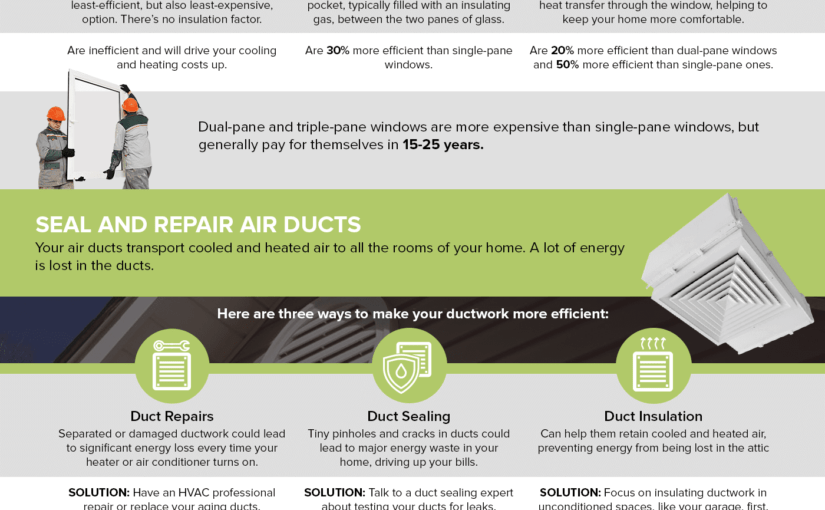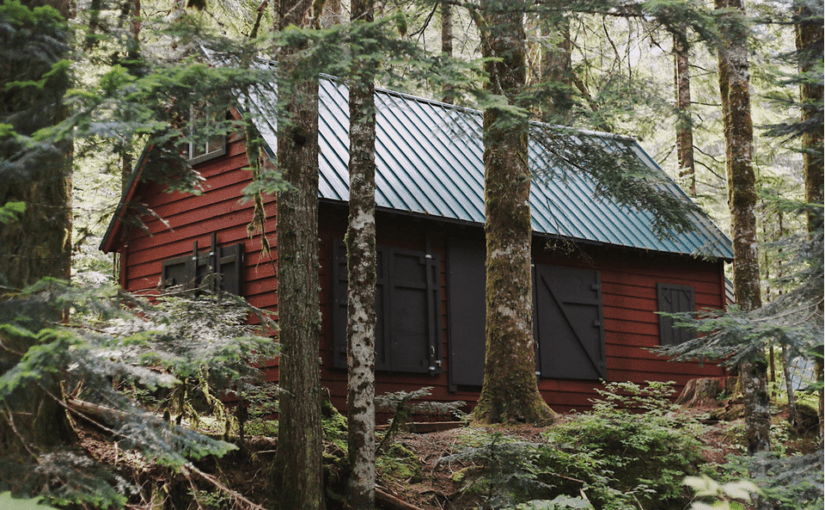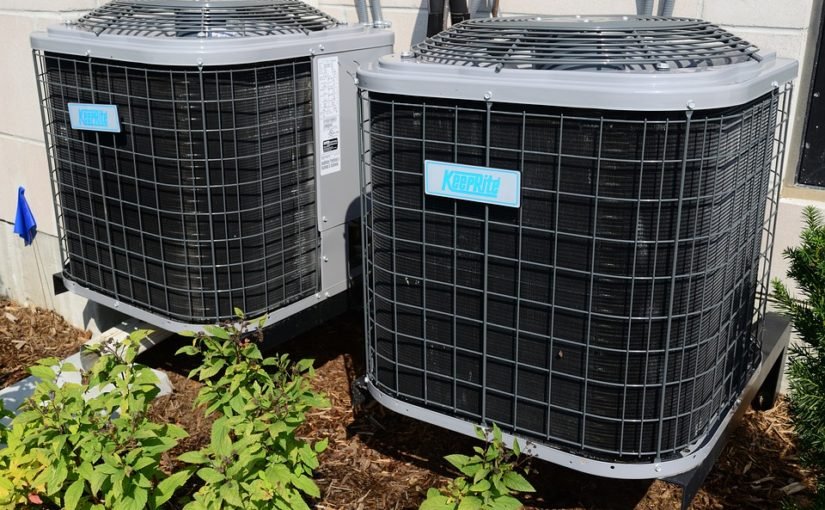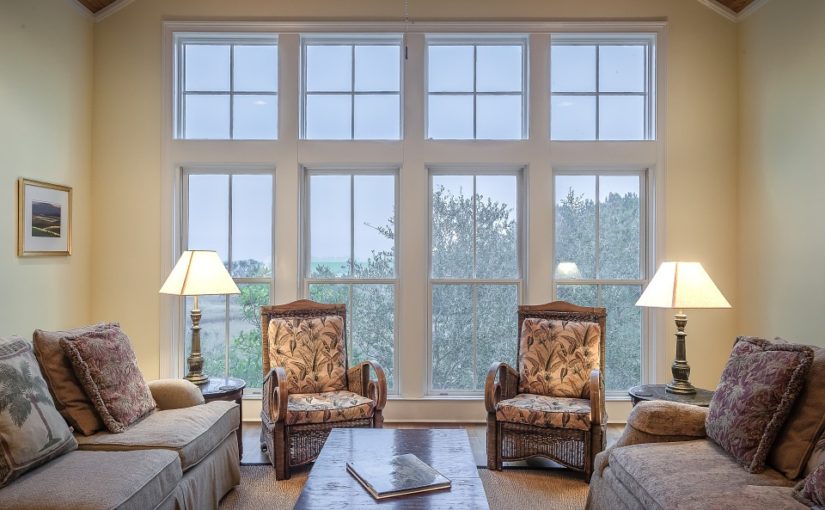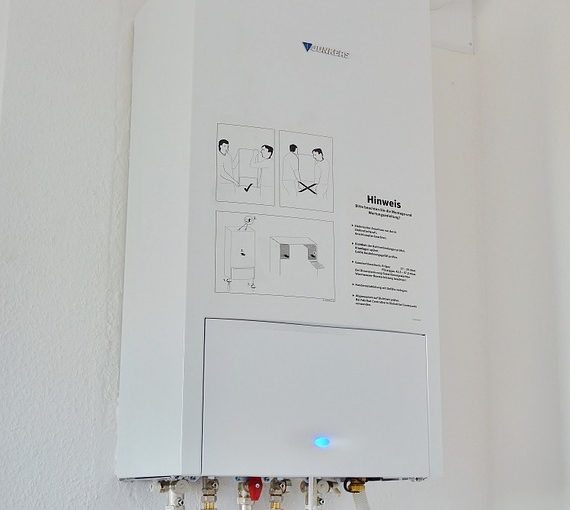
Are you wondering what’s the better off-grid power option right now? Is the answer still a generator, or is solar poised to take the throne?
Traditionally, homeowners rely on portable or standby generators to keep the house running during a power outage. That was the case even if you had solar panels installed. That’s because grid-tied photovoltaic (PV) panels have to be shut off during a blackout for safety reasons.
But now, the solar panels vs. generator debate has no clear winner due to the introduction of solar battery storage. With PV systems equipped with a solar backup battery, you can harness the excess energy stored in the battery even if the grid is out.
So between solar panels or generator systems, which one’s the best backup plan? Let’s look at the pros and cons of both off-grid power solutions.
Solar Battery Storage Benefits
A solar battery can store the excess energy generated by your solar panels, so you can use it if the grid goes out for some reason. As mentioned, grid-tied solar power systems don’t actually output electricity during a power outage. That’s because utility workers fixing the lines are at risk of getting electrocuted if the panels continue to send power to the grid.
Your system will disconnect from the grid, but the battery will start supplying the power instead. You can also utilize the stored energy during times of low solar output (at night) or during peak hours when the electricity rates are highest.
And of course, you also get to enjoy the benefits that solar panels have to offer, such as using a clean and renewable energy source. You can save money by reducing or even eliminating your electricity bills. For more on solar panels, please visit the link provided.
Solar Drawbacks
Having a solar battery installed on top of your photovoltaic panels comes with a much higher price tag. The battery also needs time to charge up. This could be a problem in times of bad weather when the sun doesn’t show up.
Generator Pros and Cons
Backup generators create electricity by burning fuel, such as propane or natural gas. Compared to the costs of a solar battery backup, a generator is much more affordable. It also doesn’t need charging up and can power your appliances directly during an outage.
While a generator is cheaper and easier to install, especially if you have an existing natural gas line, it does come with costs. You have to pay for the fuel it consumes while running, and fuel these days isn’t exactly cheap.
Generators are also loud in their operation. Aside from the air pollution due to the burning of fossil fuels, generators also contribute to noise pollution.
Solar Panels vs. Generator for Home Backup Power
It all depends on your current situation. If you’re only looking for power during emergencies, then the price of solar panels may be too prohibitive. A standby backup generator might be your best option, especially if your home comes with a natural gas line.
For those that already have solar panels installed or planning to have them installed, a solar backup is a nice upgrade.
Can Solar Panels and Generator Systems Work Together?
The question of solar panels vs. generator equipment doesn’t have to be only one or the other. You can also combine the two. When the power goes out, the battery will come online first, followed by the generator should the battery become depleted.
For more home improvement tips, feel free to browse our site.

